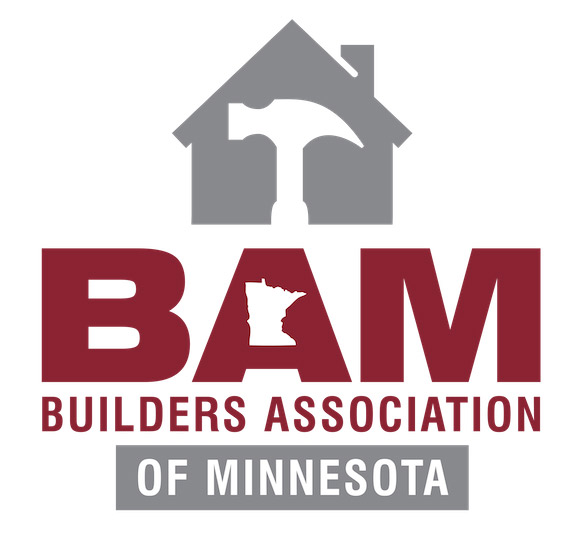Independent Contractor Test – SF 4483
Below is the proposed new test for independent contract workers. If passed, you could hit with hefty fines when found to be misclassifying an employee.
Subd 4) An individual is an independent contractor and not an employee of the person for whom the individual is providing or performing services in the course of the person’s trade, business, profession, or occupation only if the individual is operating as a business entity that meets all of the following requirements at the time the services were provided or performed:
(1) was established and maintained separately from and independently of the person for whom the services were provided or performed;
(2) owns, rents, or leases equipment, tools, vehicles, materials, supplies, office space, or other facilities that are used by the business entity to provide or perform building construction or improvement services;
(3) provides or performs, or offers to provide or perform, the same or similar building construction or improvement services for multiple persons or the general public;
(4) is in compliance with all of the following:
(i) holds a federal employer identification number if required by federal law;
(ii) holds a Minnesota tax identification number if required by Minnesota law;
(iii) has received and retained 1099 forms for income received for building construction or improvement services provided or performed, if required by Minnesota or federal law;
(iv) has filed business or self-employment income tax returns, including estimated tax filings, with the federal Internal Revenue Service and the Department of Revenue, as the business entity or as a self-employed individual reporting income earned, for providing or performing building construction or improvement services, if any, in the previous 12 months; and
(v) has completed and provided a W-9 federal income tax form to the person for whom he services were provided or performed if required by federal law;
(5) is in good standing as defined by section 5.26 and, if applicable, has a current certificate of good standing issued by the secretary of state pursuant to section 5.12;
(6) has a Minnesota unemployment insurance account if required by chapter 268;
(7) has obtained required workers’ compensation insurance coverage if required by chapter 176;
(8) holds current business licenses, registrations, and certifications if required by chapter 326B and sections 327.31 to 327.36;
(9) is operating under a written contract to provide or perform the specific services for
the person that:
(i) is signed and dated by both an authorized representative of the business entity and of the person for whom the services are being provided or performed;
(ii) is fully executed no later than 30 days after the date work commences;
(iii) identifies the specific services to be provided or performed under the contract;
(iv) provides for compensation from the person for the services provided or performed under the contract on a commission or per-job or competitive bid basis and not on any other basis; and
(v) the requirements of item (ii) shall not apply to change orders;
(10) submits invoices and receives payments for completion of the specific services provided or performed under the written proposal, contract, or change order in the name of the business entity. Payments made in cash do not meet this requirement;
(11) the terms of the written proposal, contract, or change order provide the business entity control over the means of providing or performing the specific services, and the business entity in fact controls the provision or performance of the specific services;
(12) incurs the main expenses and costs related to providing or performing the specific services under the written proposal, contract, or change order;
(13) is responsible for the completion of the specific services to be provided or performed under the written proposal, contract, or change order and is responsible, as provided under the written proposal, contract, or change order, for failure to complete the specific services; and
(14) may realize additional profit or suffer a loss, if costs and expenses to provide or perform the specific services under the written proposal, contract, or change order are less than or greater than the compensation provided under the written proposal, contract, or change order.
(b)(1) Any individual providing or performing the services as or for a business entity is an employee of the person who engaged the business entity and is not an employee of the business entity, unless the business entity meets all of the requirements under subdivision 4, paragraph (a).
(2) Any individual who is determined to be the person’s employee is acting as an agent of and in the interest of the person when engaging any other individual or business entity to provide or perform any portion of the services that the business entity was engaged by the person to provide or perform.
(3) Any individual engaged by an employee of the person, at any tier under the person, is also the person’s employee, unless the individual is providing or performing the services as or for a business entity that meets the requirements of subdivision 4, paragraph (a).

